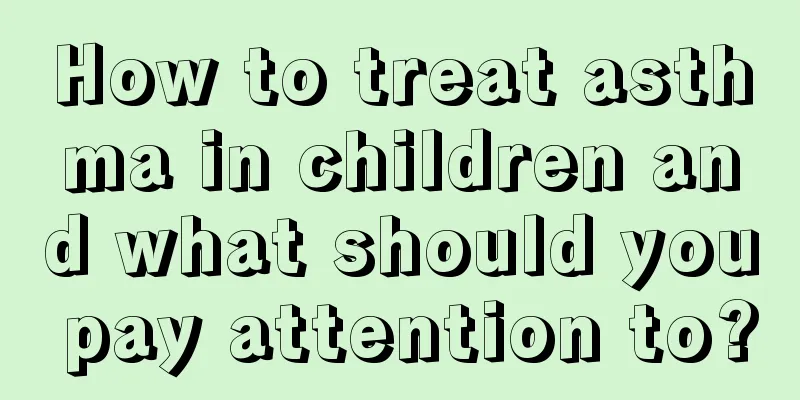Urticaria on the child

|
Urticaria occurs in a wide range of areas. In addition to adults, children may also develop this disease. Urticaria can be treated in some ways, but the treatment methods are different for different people. Children have many physical taboos, so the treatment method is more troublesome. So what causes urticaria in children? Urticaria in children is mostly caused by allergic reactions. The most common suspected causes are food first and infection second. The causes of urticaria vary depending on age and diet. For example, if infants are mainly fed with breast milk, milk, and dairy products, the causes of urticaria are mostly related to additives in milk and dairy products. As they grow older, infants and young children begin to eat complementary foods. At this time, eggs, meat floss, fish floss, fruit juice, vegetables and fruits can all become causes of allergies. Preschool and school-age children often like to eat snacks, and there are more types of snacks and regular meals, so the chance of food allergies increases. Foods such as fruits, fish, crabs, shrimps, peanuts, eggs, strawberries, apples, plums, citrus, various cold drinks, beverages, chocolate, etc. may all be causes of allergies. Urticaria is not only a common disease in adults, but also a common disease in children, and the age of onset can range from newborn babies to children in their teens. The characteristics of urticaria in children are: it is a skin pathological reactive skin disease caused by allergic reaction, with wheals and erythema being the most common. Children aged 2-7 years old lack the ability to govern themselves. When they go outdoors, in the wild, in the bushes, or under street lights in the evening, they are often easily bitten by insects, or come into contact with pollen, dust, mites, and the fur of pets such as cats and dogs. Papular urticaria is the most common. The common cause of the disease is protein food, because protein is absorbed in the form of peptones or polypeptides before digestion. When infants and young children start to eat complementary foods, eggs, meat floss, fish floss, fruit juice, vegetables and fruits can all become causes of allergies. Preschool and school-age children often like to eat snacks, and there are more types of snacks and regular meals, so the chance of food allergies increases. Foods such as fruits, fish, crabs, shrimps, peanuts, eggs, strawberries, apples, plums, citrus, various cold drinks, beverages, chocolate, etc. may all be causes of allergies. The second most common cause is drugs, with vaccines being the most common. There is also infection: children in childhood and early childhood have low resistance and are prone to various infections. Therefore, diseases such as purulent tonsillitis, pharyngitis, enteritis, upper respiratory tract infection, etc. can become the triggering factors of urticaria all year round. |
<<: How to deal with a baby's skin breakage
>>: What to do if the baby's face is broken
Recommend
Baby pollen allergy symptoms
One of the common diseases in the allergy departm...
What to do if a two-month-old baby refuses to drink water
We also know that water is an important component...
My baby's hand is swollen because of something biting him.
Summer is the season with the most mosquitoes. Ba...
The dangers of holding your baby upright
When a baby is born, everyone will be very happy ...
How to treat cough caused by viral cold in children?
Children are a group that is very prone to catchi...
What is the reason for the baby's excessive sweating?
Many mothers may find that their babies sweat too...
What to do when blisters appear on children's feet
I believe everyone is familiar with the symptom o...
Why does a child have blisters on his body when he has a fever?
Children's physical fitness is far from being...
What are the methods to relieve cough in children?
I believe that for every parent, the illness of t...
Mixed feeding vomits when drinking breast milk
The gastrointestinal structure of babies is diffe...
What to do if your child feels uncomfortable after eating too much
For the baby at home, the child's diet can be...
Is it normal for a baby to be very strong?
Because newborn babies are not fully developed, p...
What are the ways to reduce fever in children?
When your child has a fever, every family member ...
Is apple water effective for baby's diarrhea?
When family members see their baby has diarrhea, ...
What to do if your child has allergic dermatitis
Every parent regards their child as the apple of ...









